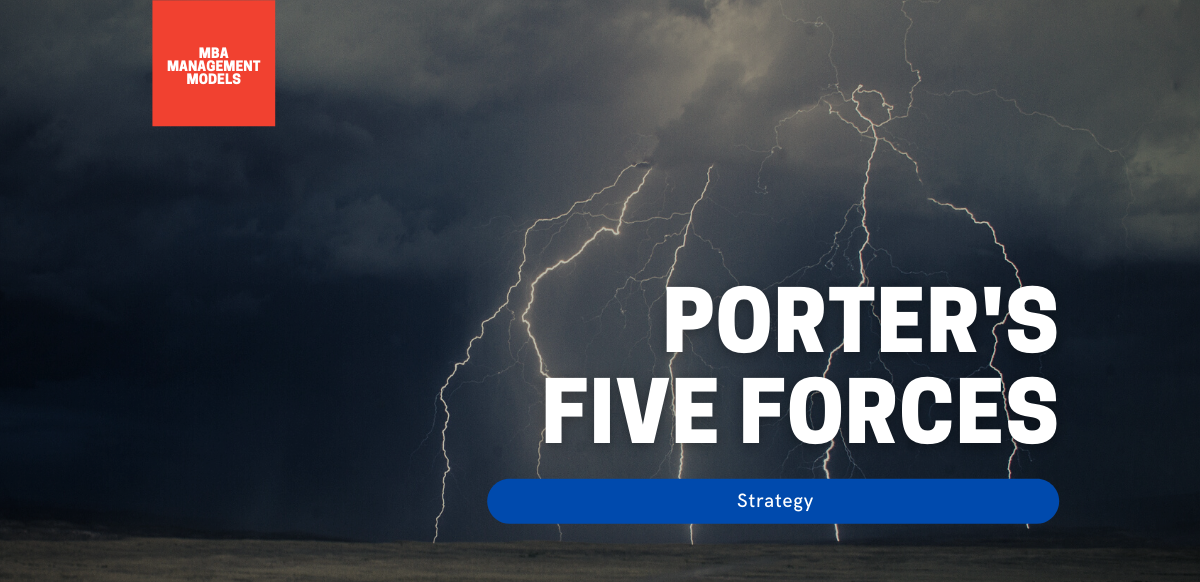A-Z Index
The Marketing Mix: The 7 Ps
The 7 Ps of the marketing mix (product, price, place, promotion, people, process and physical evidence) provide a helpful checklist to evaluate a product or service by ensuring that the critical areas of a value proposition are considered for the target market.

Boston Consulting Group (BCG) Growth-Share Matrix
Originally developed by the Boston Consulting Group, the BCG Growth-Share Matrix (often referred to as the BCG Matrix) is a simple model that uses relative market share and rate of market growth as criteria to help companies with multiple lines of business prioritise investment.

Beckhard and Harris Change Formula
Richard Beckhard and Reuben T. Harris developed their formula for change to provide change leaders with a concise way to identify the factors required for a successful transformation to occur and analyse the likelihood of success.

Blue Ocean Strategy
Blue Ocean Strategy encourages innovation by focusing on product development within new markets, rather than within the limits of existing market boundaries.

Business Case Canvas
The Business Case Canvas, not to be confused with the Business Model Canvas, is a strategic management template that can be used to describe, visualise and assess the essential components of a business case in a simple and concise way.

Curry’s Client Pyramid
Curry’s Client Pyramid provides a way to classify customers by value, allowing a company to assign appropriately targeted sales and marketing resources to each segment.

Customer Perceived Value (CPV)
Customer Perceived Value (CPV) is a conceptual marketing model used to determine the difference between a prospective customers evaluation of all the costs and benefits of a company’s offering and the perceived alternatives.

Kotter’s Eight Steps
Change is difficult to implement in any organisation, but a few models do exist to help managers accomplish this most challenging of leadership tasks. John Kotter’s eight-step change model is probably the most highly-regarded and widely used amongst them and is a staple of any MBA syllabus.

The Lean Startup
The lean startup is a method for conceiving and executing a business initiative that emphasises experimentation and early feedback. Lean startup has become the dominant new business methodology in the technology sector and is rapidly gaining widespread adoption in other industries.

Lewin’s Three-Step Change Model
Kurt Lewin developed his three-step change model of Unfreeze > Move > Refreeze in the first half of the 20th century. Lewin’s model is based on the premise that the driving forces within a business must outweigh the resisting forces for a change to occur.

The McKinsey 7-S Framework
The McKinsey 7-S Framework is a diagnostic tool designed to help management effectively organise a company. The premise of the model is that the seven elements provide mutual support and must therefore be aligned.

Porter’s Five Forces
Michael E. Porter’s Five Forces model helps business strategists understand and evaluate the external factors affecting the competitive position of an organisation.

RACI Matrix
A RACI Matrix is a simple way to chart roles and responsibilities in a project. A RACI Matrix establishes who will be Responsible, Accountable, Consulted, or Informed for the tasks, milestones, and decisions anticipated during the project.

Satir’s Change Model
Family therapist Virginia Satir developed her model after observing families and individuals experience a wide range of changes. Her model identifies four states of change and two key events that act as catalysts within the process.

Theory of Constraints
The Theory of Constraints is a set of tools designed to help managers enhance the performance of a system or process.

Tuckman’s Group Development Model
Tuckman’s research into team development led him to one of the most widely quoted models of team change. His premise that all teams during their development will experience the stages of forming, storming, norming, performing and adjourning is regularly used in team building within organisations.


